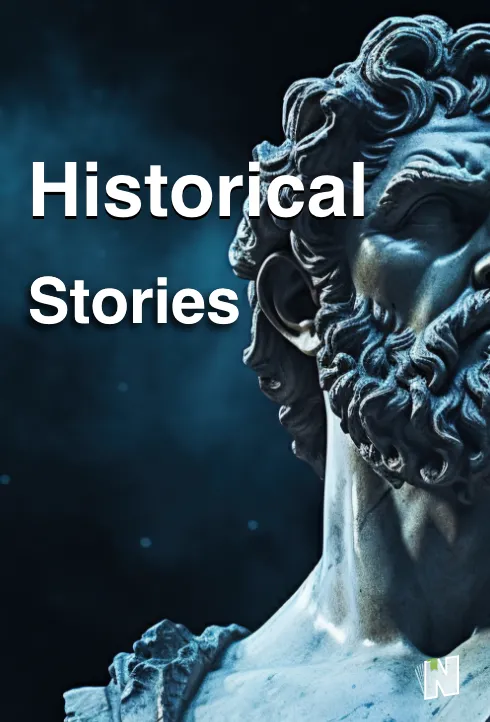The Legend of the Basilisk: King of the Serpents
Human heritage is rich with many enchanting and captivating stories. These legends are not just distant fantasies; they sometimes carry historical roots. Today, we take you on a journey through time to the world of legends to reveal one of the most intriguing and mysterious creatures: the basilisk, or basilisk as it is also known. On the Novpad website and app, we present this legend in its unique details to enrich your knowledge and satisfy your curiosity.
The Story of the King of Serpents:
In ancient times, when old kingdoms and green lands were brimming with tales and legends, a mysterious legend emerged about a creature known as the basilisk. This creature, called "the stalker" in its native language, is a mythical animal considered the king of serpents. Legends depict the basilisk as a massive crawling creature, resembling a mix of various species, including a rooster, reptiles, and dragons.
During the medieval period, accounts of the basilisk made it one of the most terrifying creatures. It was portrayed as having a rooster’s head with a crown, frog-like eyes, bat-like wings, and a dragon-like body. This creature possessed supernatural abilities, including the power to kill its victims with its gaze alone, turning them into stone. It was also believed to be able to fly and emit a deadly venom, which could only be cured with a rare antidote—the tears of the mythical phoenix.
The basilisk was thought to be the embodiment of pure evil and was mentioned in many Greek and Roman legends. It was said to live in Egypt and was believed to fight crocodiles, adding an element of horror to its legendary nature.
In Arabic and Islamic sources, Al-Damiri describes the basilisk as a colossal creature with a face resembling that of a human after thousands of years. It is also said to be a two-headed serpent, considered a creature feared by all snakes due to its terrifying hiss.
The legend revolves around how this creature is born, believed to hatch from an egg laid during specific days of the year and remain dormant for seven years before bursting forth as the beast. There are also believed to be two types of basilisks: one that burns everything in its path and another that kills anyone with its deadly gaze alone.
The basilisk gained significant fame in recent years due to its appearance in the Harry Potter series. In the second book, "Harry Potter and the Chamber of Secrets," the basilisk appears as "Tom Riddle's Basilisk." This beast, which lurked in the Chamber of Secrets at Hogwarts School of Witchcraft and Wizardry, was the product of Salazar Slytherin’s magic, used to purge the world of wizards with impure blood.
The basilisk also symbolizes the devil or the Antichrist in some interpretations. According to some legends, the only enemy of this beast is the stench of a weasel’s corpse.
The legend begins with the appearance of the basilisk when the Greek sorcerer Heripus created it from an egg laid by a hen incubated by a frog. This legend is one of the most thrilling, with various methods mentioned for dealing with the basilisk, such as using a small mirror to hold up in front of its eyes. According to folklore, seeing its reflection in the mirror will cause it to die in moments, so it is advised to carry the mirror and avoid looking directly at the beast.
Conclusion:
Even if the legend of the basilisk is merely strange folklore, it highlights an important aspect of cultural traditions and popular folklore. Legends like these remain etched in memory, passed down to descendants and sparking their imaginations. While these mythical creatures may be very ancient, human imagination has added touches of creativity and excitement, making them timeless myths.
Legends remain an essential part of cultural heritage, and people will continue to tell and share them through generations.
